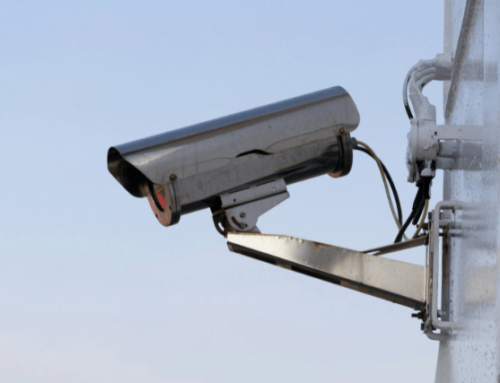As cyberattacks have become more complex, new strategies and philosophies around cybersecurity have developed to counter these threats. IT leaders have come to accept a harsh reality—stopping every cyberattack might not be possible. Instead, strategies have developed around mitigating attacks, limiting the damage a bad actor can cause. One such strategy that has become increasingly popular is the Zero Trust model.
What is Zero Trust?
Zero Trust is an IT security model that lives up to its name: it does not trust that just because a user has access to the network, they have a right to be there, and it certainly does not trust them with access to the entire network. Older models considered anything inside the network as ‘trusted’, so once an attacker was in the network, they would have free rein. In today’s environment, as networks become bigger and even more crucial to business continuity, that kind of trust is no longer possible.
Zero Trust security is a model that promotes constant monitoring, least privilege access, multi-factor authentication, and microsegmentation—in short, to access data, users must confirm their identity, and only those that need access to certain pieces of data will have access.
Zero Trust Best Practices
Zero Trust best practices are fairly straightforward in theory. In addition to typical IT best practices like keeping devices updated, making sure you have visibility into your environment, and keeping end users in mind, a Zero Trust model emphasizes partitioning and managing privileges.
Partitioning
By partitioning an IT environment, when a breach occurs, it is contained. Network partitions break up an environment so that accessing one part does not give you access to other parts or the environment as a whole. Segmentation, or going a step further with microsegmentation, limits the scope of breaches and protects data.
Privilege and Access Management
Managing privileges is another aspect of the Zero Trust Model that ensures compromised accounts do not give an infiltrator access to the entire environment in the event of a breach. The philosophy of least privileged access assigns users access to only the data they need and no more.
Aside from never giving access in the first place, there are other methods of access management that work well with Zero Trust. Multi-factor authentication, whether with hardware-based security tokens or one-time passcodes, adds an extra level of security.
Zero Trust: The Foundation of Cloudflare One
Cloudflare One is an enterprise network-as-a-service that takes a Zero Trust approach to networking. It keeps remote users, data centers, and offices connected and safe. What sets Cloudflare One apart is its granular access control at high speeds, putting it ahead of the competition. Keeping end users in mind, it provides a user-friendly approach to Zero Trust access, prioritizing security and speed.
Cloudflare One through Adapture
Zero Trust doesn’t mean you have to do it alone. Adapture is a Cloudflare Elite partner and one of the few providers of Cloudflare managed services. Our close partner relationship with Cloudflare means that we have the resources to smoothly migrate or manage your environment. Our team keeps up with the latest solutions to ensure that your environment is configured according to best practices.












